Market Development: Farmer-Led Kelp Supply Chain Build Out
The looming question for new regenerative ocean farmers is: Who’s going to buy all my seaweed? In addition to building seaweed supply through farmer training and support, GreenWave collaborates with farmers, processors, and buyers to bring food and non-food products to market.
“We work to ensure demand for seaweed grows as production scales so farmers can make a better living,” says GreenWave Director of Market Development Sam Garwin. “Our main goal is to reframe supply chain relationships in the regenerative ocean farming industry to be farmer-led and farmer-forward.”
To get there, we leverage our network of partners up and down the supply chain to develop responsive resources and programs that address industry bottlenecks and ensure viable markets and fair pricing for farmers. GreenWave connects ocean farmers with wholesale buyers, processing companies, and entrepreneurs making value-added products through direct buyer engagement and Seaweed Source, our digital platform launched in 2021.
The goal is to facilitate forward contracting between growers and buyers, with 400,000 pounds of kelp sales already lined up for the 2023 harvest season in regions across North America.
"Think of this as a 'whole leaf' strategy,” says GreenWave Co-Founder Bren Smith. "Before crops are planted, every part of the plant is pre-destined for its appropriate market."
“Seaweed Source is designed to uncover supply and demand and encourage ‘right-sized’ relationships,” says Sam. “In addition to direct buyer and farmer engagement, the digital tool supports active farmers and entrepreneurs already using seaweed in their products who are looking for the right business partner.”
GreenWave facilitates supply chain collaborations so farmers can tap into the full range of seaweed markets including fresh and value-added foods, biomaterials, biostimulants, and cosmetics.
The challenge is that each of these markets needs seaweed in a different product format. “We bring together leading entrepreneurs and work together in a pre-competitive, collaborative space to identify challenges, develop industry standards, and adapt existing infrastructure and technology to benefit farmers and buyers,” says Sam.
Building off conversations with farmers, processors, and buyers to understand sourcing priorities and pain points throughout the supply chain, GreenWave is improving existing tools like Seaweed Source for active farmers and buyers and creating ways to bring more stakeholders into the mix. We’re launching new pilots to address current gaps in the supply chain. In Alaska, the growing number of new seaweed farms outmatch the number of established processors and buyers. To open sales channels for these Alaska-based farms, GreenWave has a sampling program in the works for 2023 to get kelp into the hands of businesses curious about including kelp in their products.
“Buyers need a way to try kelp out before the supply chain exists,” says Sam. “We need to meet stakeholders where they are and support them in establishing a long-term seaweed sourcing strategy.”
In addition to cultivating a resilient seaweed supply chain, GreenWave delivers training and tools to build successful relationships between farmers, processors, and buyers. Through the Ocean Farming Hub, we’re ramping up farmer trainings on topics ranging from co-packing strategies and quality control to financial modeling and co-op formation, convening experienced farmers and experts to coach new farmers.
“These trainings are opportunities for people in the industry to learn from one another, collaborate, and innovate,” says GreenWave Market Development Program Manager Grace Collery.
GreenWave’s vision for the industry includes thriving coastal communities with many small- and medium-scale farms dotting our coastlines, growing in tandem with land-based hatcheries and processing infrastructure, and institutional buyers and entrepreneurs developing and marketing value-added products.
“Collaboration and transparency are key,” says Sam. “We want to benefit all stakeholders–especially farmers–and achieve scale through replication, not consolidation.”
Visit the Ocean Farming Hub to sign up for upcoming events and view session recordings.



